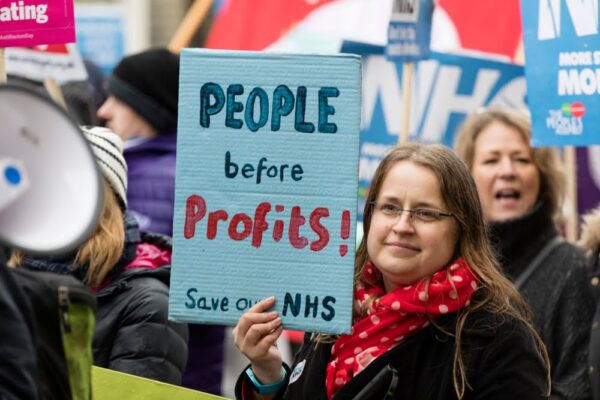With no long-term NHS workforce strategy on the horizon, the government’s default policy on slashing elective waiting lists – pushing more NHS patients towards private hospitals dependent on NHS-trained staff and with only 8,000 beds – seems driven by nothing more than political dogma. How else to explain the 133,000 vacancies, with at least 12,000 hospital doctor and 50,000 nursing and midwife posts left unfilled, that remain across the health service?
Rishi Sunak’s ‘elective recovery taskforce’ project, launched two months ago with the aid of Circle Health and the Independent Healthcare Provider Network, fails to address the lack of a workforce strategy, and is likely to end up just augmenting the four-year £10bn elective surgery deal with the NHS that the private sector already enjoys.
Last year the BMA concluded that this earlier recovery plan was set to significantly increase the outsourcing of services to private providers, in the process threatening “the clinical and financial viability and sustainability of the NHS”.
NHS procedures being carried out by the independent sector is, of course, nothing new. Before the pandemic, commercial operators were already responsible for a third of all state-funded hip operations and a quarter of knee replacements, as well as more than 20 per cent of gastroenterology, trauma and orthopaedic NHS treatments – and soaked up more than 20 per cent of CCGs’ budgets in the process. Pressure group We Own It more recently estimated that NHS trusts’ spend on independents rose by 659 per cent between 2012 and 2021.
Full story in The Lowdown, 6 February 2023









